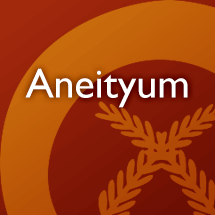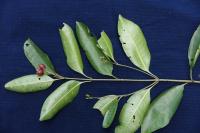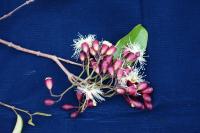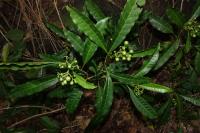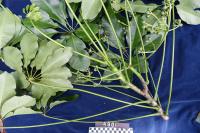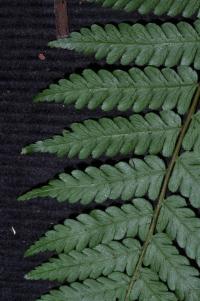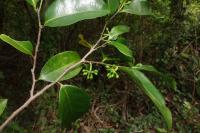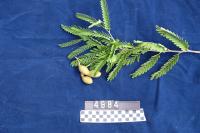An example search has returned 100 entries
ared numta
v. to plant taro
bookmarkedaledal
v.a. to spread abroad; to go everywhere
bookmarkesei cai
n. forest trees
bookmarketcei nohon
n. beat coconut fiber
bookmarkfetofeto

imehei
n. pandanus leaf
bookmarkincowos yag
n. plant used to make ceremonial head wreath and neck garland
bookmarkinhen owuh

inhutlavlav
n. a bamboo flute
bookmarkinjupki
n. afternoon
bookmarkinlepei u inpoded
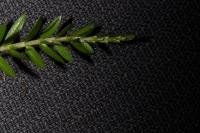
n. epiphyte, growing in dense rainforest. (collection: Gregory M. Plunkett #4104)
Example: 1. This plant is considered bad luck when hunting or fishing. When doing these activities, do not decorate your hair with them. 2. This plant is used to weave the sheath portion of "nambas". First the stems are retted, then the inner portion of the plant removed. Once removed, the sheath is woven with the blanched fiber. 3. This is considered the male version of this plant. See GMP #4105, Phlegmarius sp. for the female version.
bookmarkinmayinepad
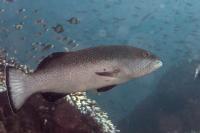
n. Squaretail coralgrouper
Example: Photo by Mark Rosenstein / iNaturalist.org, License: CC BY-SA 3.0 via Fishes of Australia
bookmarkinp̃a

inp̃alanhas

inrukdum nohos
n. kind of banana
bookmarkintal a Samoa
n. kind of taro
bookmarkintate a nelgo waj
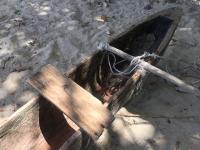
intisianmop
n. kind of sugarcane
bookmarkinyebec
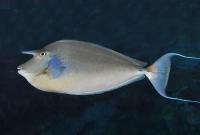
n. Bluespine unicornfish
Example: Photo by Ross D. Robertson / Shorefishes of the Neotropics, License: CC BY-SA 3.0 via Fishes of Australia
bookmarknadine
n. kind of plant, grass, or fern
bookmarknaha
n. a thistle
bookmarknahleuco yag
n. kind of taro
bookmarknahrarin nepig
n. early morning; around 3 o’clock
bookmarknahtancai
n. shrub; small plant
bookmarknalauba

[nalauba] n. Emerald Dove
Example: Photo by Dr. Raju Kasambe/Wikimedia Commons, License: CC BY-SA 4.0 via Wikimedia Commons
bookmarknamaj
n. kind of taro
bookmarknamlau
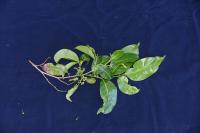
n. shrub, 2 m tall (collection: Gregory M. Plunkett #3490)
Example: 1. The larger stems of this plant can be used to build houses, for rafters. 2. It is also a good source of firewood. 3. Ancestors, before go to chief’s canal and want to talk about a complicated issue – a person would cut a branch and bring it to the sea and tap the water surface and would say what he wants, ask that he would want that issue to be solved and that others would follow his ideas and then go back to the meeting place and take stick, keep wind at his back, moving stick in all directions and then he will convince the people of his ideas. This is done by the chief’s spokesman. Helps convince the opposition. Helps keep power in hands of parent(??) chief rather than subchiefs who might have other ideas.
bookmarknanec
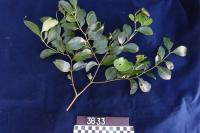
n. tree, 7 m tall (collection: Gregory M. Plunkett #3633)
Example: To cook Alocasia (wild taro), use the dry wood of this plant as firewood. The leaves of this plant are also used to line the earth oven on top of the food and on bottom of the food to insulate it from the high heat of cooking.
bookmarknaop yi atmas
n. a small whirlwind
bookmarknapudve
n. kind of plant, grass, or fern
bookmarknap̃ojev
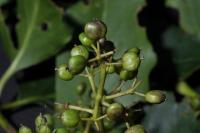
nataimu
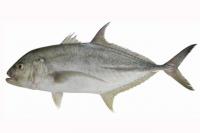
n. Brassy trevally
Example: Photo by ANFC, License: CC BY-NC 3.0 via Fishes of Australia
bookmarknau hos

n. a kind of bamboo (collection: Ashley A McGuigan #25)
Example: 1. To cure the sea snake (nispev) curse that causes missed periods. First the husband must combine 4 young leaves of incispev and 4 young leaves of nafanu and mash and squeeze the juice into a small bamboo (1-1.5 inch diameter) The nafanu is important because it is a plant that connects to the sea. Use wildcane leaves cover the bamboo closed. Go to the sick person and unwrap the snake from her. Start from the top and let the woman drink a small part of the potion then wash her with the mixture, making sure to wash head, elbows, knees, feet, and belly. Then take a leaf of naha and break it over the woman’s belly button to break the snake off. Smash the bamboo vessel to pieces. Leave the woman there until the wash dries on her. This takes one whole day and the ceremony in the evening so she can sleep and she must not eat. This ritual is performed by men. 2. To make house walls cut to length desired break stems into straps and weave ??. 3. Use stem to cook foods. 4. Container for carrying water. 5. Take tips and tie together and make a torch to go fishing on the reef, walk with the torch – this is a current practice in the East side. 6. Can cut a piece about 1’ long and sharpen edge and use to skin a green banana. 7. Traditional medicine – can use a small segment as a sort of container to carry the traditional medicine to the patient – for example when prepare a sea snake for remedy, or any medicine – to carry it. 8. Used as a container to preserve seeds such as corn, cucumber, beans and is covered with coconut fiber and put near (above?) the fire where it is dry, and the smoke from the fire will keep insects from attacking the seeds.
bookmarknau-hos
n. bamboo to 5 m, sterile. (collection: Michael J. Balick #4940)
Example: Used to build walls of local houses. The outer skin is stripped off, stems cut in half then smashed flat, the inside is stripped clean and woven into walls. The cut pieces of entire stems can be filled with food and used for cooking that food. Cover both ends with leaves and cook. If a person has skin that becomes infected, use sharpened stem as a local knife to remove the infected area of skin. Use as a local water pipe to move water from one place to another (nobol). Either split the stem in half or punch the nodes out throughout the entire tube and use as a pipe.
bookmarknauram
n. kind of banana
bookmarkneandel

nefilitikgan
n. kind of taro
bookmarknehio
n. a hurricane
bookmarknehpan
n. a wing, a sheath, a covering of bananas
bookmarknelas
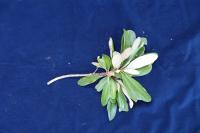
nemijcopau
n. kind of palm
bookmarknemlowoc

nenho
n. the name of a poisonous plant
bookmarknetumtehi
n. kind of sugarcane
bookmarknevak
n. prepared pandanus leaf
bookmarknevehev
n. current of air
bookmarknidi yebeg
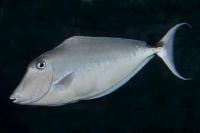
n. Humpback unicornfish
Example: Photo by Ross D. Robertson / Shorefishes of the Neotropics, License: CC BY-SA 3.0 via Fishes of Australia
bookmarknihpad
n. kind of tree
bookmarknijma

n. fallen tree, growing in canopy gap in primary forest. (collection: Gregory M. Plunkett #3465)
Example: When the flowers of this plant are green, it is an indication that the cool season is approaching; when the flowers are brown, the dry season is coming. The wood is used to make rafters for the roof of houses, on which to tie thatch.
bookmarknijmese
n. green foliage
bookmarknilpodou
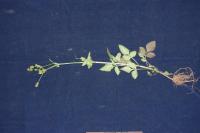
n. herb, growing at edge of garden area. Flowers yellow. (collection: Gregory M. Plunkett #3599)
Example: This is for a medicinal tea to give energy to a person who is not feeling well. Collect a handful of young stem apices and boil in 2-3 cups of water. Drink warm to help the body be strong and healthy. It is also good to treat diarrhea. When a person feels well again, stop this treatment but they can also drink this 1x daily, once before breakfast or before lunch, as a healthful tea.
bookmarknipnyineuc
n. another name for "masoa"; arrowroot
bookmarknofar
n. a native pudding made with yam and coconut
bookmarknohopcop
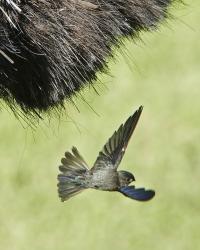
nohos kaletonia
n. the New Caledonian banana
bookmarknomotmot mese
n. hay
bookmarknudto

n. small tree, 4 m tall (collection: Gregory M. Plunkett #3452)
Example: 1a. The stem of this plant is used to make a spear, as it is always straight and very strong. It is a small growing plant, just right for length of a spear. 1b. Make a spear for fishing, peel bark, heat stem, affix points to end. 2. Name is the name of a fish. 3. Rafters for roof.
bookmarknuh
n. a yam
bookmarknumnyac
n. a kind of bulbous root
bookmarknuputuligighap
n. stem of coconut leaf
bookmark